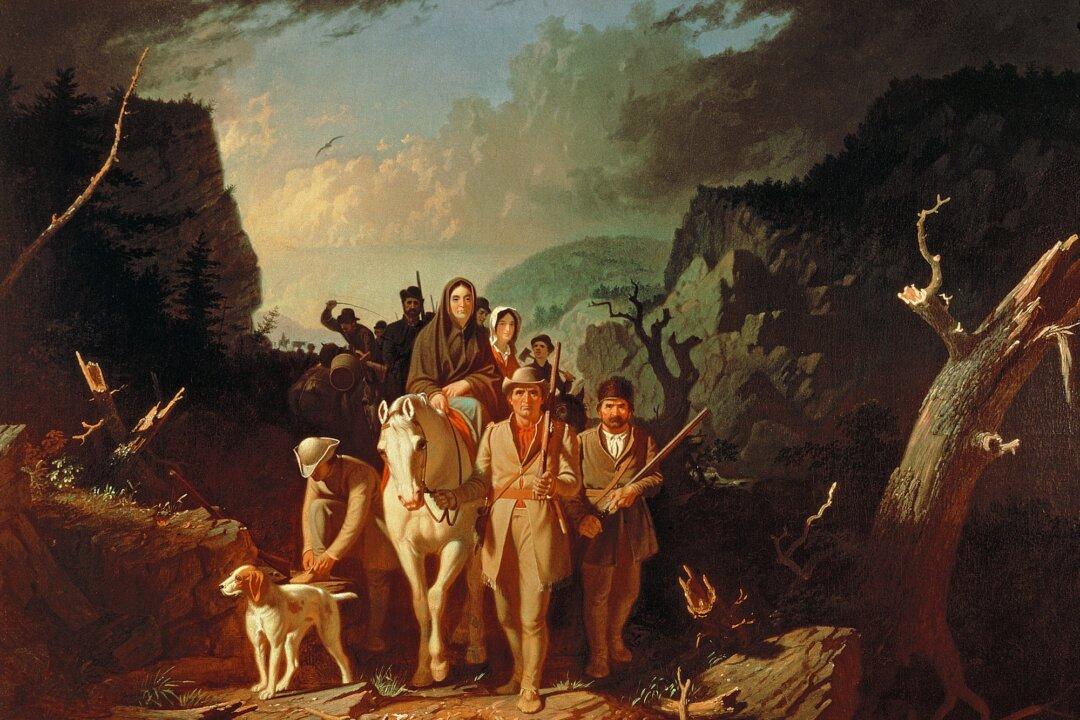Fantasy fiction is not new.
Published in 1937 to wide critical acclaim, “The Hobbit” by J.R.R. Tolkien introduced readers to home-loving Bilbo Baggins. Bilbo’s quest takes him from his familiar rural surroundings to much more sinister territory.

Fantasy fiction is not new.
Published in 1937 to wide critical acclaim, “The Hobbit” by J.R.R. Tolkien introduced readers to home-loving Bilbo Baggins. Bilbo’s quest takes him from his familiar rural surroundings to much more sinister territory.